With discreet camouflage and precise and fierce artillery fire, we quickly captured the Him Lam stronghold, breaking the northeastern defense line of the French colonialists. The 351st Division was also the first unit to receive the "Determination to Fight and Victory" flag, a rotating award from President Ho to units with outstanding achievements in the Dien Bien Phu Campaign.
The 351st Artillery Division was established on June 29, 1946 in Hanoi Capital on the basis of 3 platoons: Lang Fort, Xuan Tao Fort and Xuan Canh Fort. At the end of that year, on December 19, 1946, Lang Fort was also the unit that fired the first shots to start the National Resistance War in response to the call of President Ho Chi Minh.
In the early years of the resistance war against the French invaders, the Artillery Corps promoted the spirit of self-reliance, manufactured many types of weapons with high combat capabilities such as Bazoca, AT, DKZ, ... promptly equipped to improve combat capabilities, meeting the operational requirements of the people's war, contributing to defeating the tactical tricks in the quick-strike and quick-win strategies of the French colonialists on all fronts. Artillery units coordinated and effectively assisted the main force to win many important victories such as the Viet Bac Campaign, Quang Trung Campaign, Border Campaign, ...

General Vo Nguyen Giap inspects and encourages officers and soldiers of Artillery Division 351. Photo: Archive
In the Winter-Spring Campaign of 1953-1954, after the French colonialists parachuted into Dien Bien Phu to build a military base here to challenge the Vietnam People's Army to come and destroy it, the Party Central Committee and Uncle Ho decided to launch the Dien Bien Phu Campaign, determined to destroy the enemy, gain this important victory in order to change the situation of the war. All support from the whole country was focused on Dien Bien Phu from combat plans, logistics, combat forces, and weapons.
Also in this battle, for the first time, we advocated a coordinated attack between the Artillery and Infantry. The artillery was mobilized at the highest level to provide maximum firepower support to the infantry units, including 1 75mm mountain artillery regiment (24 guns), 2 105mm howitzer battalions (24 guns), 4 120mm mortar companies (16 guns), 1 37mm anti-aircraft artillery regiment (24 guns) and 2 engineer battalions.
Comparing the infantry force, we had more battalions than the enemy (27/12), but the number of soldiers in each battalion was only 2/3 of the enemy's battalions, and our equipment was much weaker. Regarding the artillery force directly supporting the infantry, we had more soldiers than the enemy (64/48 guns), but our reserve artillery ammunition force was very limited. We had absolutely no tanks and only 1 37mm anti-aircraft regiment to deal with the entire enemy air force.
General Vo Nguyen Giap directly assigned the task to the artillery: "The heavy artillery going into battle for the first time will face many great difficulties. First of all, we must ensure safety and absolute secrecy during the march. If we can get people, vehicles, and artillery to their destination safely, we will achieve 60% of our victory." The artillery was transported entirely by car to Tuan Giao to be assembled here, waiting for the construction of the Tuan Giao road to Dien Bien (this road was previously only used for pack horses, and has been abandoned for a long time).
After 1 month, the new 80km Tuan Giao - Dien Bien road was opened, the artillery continued to be transported to the Na Nham forest gate, Na Nhan commune, and from here began the process of pulling completely by hand up the mountain slopes around the basin, an unprecedented precedent in the history of world war.
Reality has shown that with the special terrain of Dien Bien Phu, the mountainous areas and the continuous hills surrounding the basin below on all four sides help us to hide weapons, especially large cannons that are difficult for the enemy to detect. The artillery command was established with comrade Le Trong Tan, Commander of 312, as commander, comrade Pham Ngoc Mau, Political Commissar of 351, as political commissar, and at the same time, comrade Do Duc Kien, Chief of the Campaign Operations Committee and a number of staff officers were sent down to discuss the plan and inspect and urge.
With the decision to attack quickly, it was important to pull those cannons into the right position and be ready to fire, then the battle could begin. The 308th Division, a mountain artillery company, an engineering battalion of more than 5,000 men opened a new artillery road by hand in 20 hours with a length of 15km, a width of 3m running from the Na Nham forest gate, through the Pha Song peak at 1,150m high, down to Ban Tau, Dien Bien Phu - Lai Chau road to Ban Ngheu, completely camouflaged. This was a fairly long artillery road located on rugged terrain, with many steep slopes and deep ravines. On that road, we pulled artillery weighing more than 2 tons, overcoming steep, dangerous mountain roads, steep slopes, deep ravines, and being obstructed by enemy aircraft and artillery to reach the artillery shelter that had been camouflaged in advance.
The decision to change the combat strategy from "Fight fast, win fast" to "Fight steady, advance steady" was made after carefully considering the strength of the Dien Bien Phu stronghold, comparing the increasingly changing forces between us and the enemy, and the difficulties we might encounter. All preparations were made for a long-term combat plan with the enemy. Logistics were prioritized from the localities to Dien Bien Phu. Artillery was ordered to be pulled out and returned to its assembly position to create a maneuverable route for the artillery.
Later, when we had the map of the Dien Bien Phu stronghold, we used it to build artillery maneuver routes including six routes 70km long, through many high mountainous areas connecting from the East to the North of Muong Thanh, which could shoot to the farthest target, Hong Cum. When the Dien Bien Phu battle ended, the group of prisoners of war passing through these routes to the concentration camp commented: "Just by building these routes, you are enough to defeat us!"
Another equally difficult task was building the artillery bunkers. The artillery bunkers were located deep in the mountains, wide enough for the gunners to operate easily, and thick enough to ensure the safety of the 105mm guns. Next to the artillery bunkers were the command bunkers and ammunition bunkers. Every four batteries had a bunker that was used for meetings or recreation. Connecting the artillery bunkers were fairly wide and deep trenches with drainage ditches and napalm bomb shelters. There was also a trench connecting the artillery positions to the supply line, where there were enough bunkers, living quarters, wounded soldiers’ bunkers, cooking bunkers, and vehicle hiding bunkers... Next to each real battlefield, there was a fake one to attract enemy bombs and bullets.
To dig an average artillery bunker, about 200 to 300 cubic meters of earth and rock had to be dug out of the mountain, then poured all over the bunker cover. The timber used to cover the bunker roof had a diameter of 30cm or more. All of this timber had to be taken from a distance, about 9-10km, and brought back so as not to reveal the battlefield. The artillery positions were located about 7km from the central area of Muong Thanh, and 4-5km from the outlying positions. Therefore, it was necessary not only to camouflage the entire structure from the prying eyes of reconnaissance aircraft, but also to prevent the enemy troops in the outlying positions from hearing the sounds of mines exploding rocks, cutting trees, and digging soil.
After many changes in the date and time of the opening fire, March 13, 1954 was officially chosen as the opening day of the campaign with the target being the Him Lam resistance center. Artillery Battalion 351 was assigned the task of concentrating all artillery firepower to directly support the infantry attack, restrain enemy artillery, and attack the command post in Muong Thanh, the airport, and warehouses. Howitzer Company 806 was assigned the responsibility of raising the gun barrel high and firing the first volley, pouring down into the basin according to the intended target. Our other artillery types also spoke up simultaneously, creating an opportunity for the infantry to advance.
For the first time in the Indochina War, a rain of artillery fire accurately hit the enemy's stronghold, from the high points, concentrated firepower was fired down towards the base, striking a preemptive strike that could not have been more accurate and effective. The French artillery commander Piroth, who had had outstanding achievements in World War II, committed suicide in his command bunker because he was helpless against the Viet Minh's artillery power.
Preparing for the second attack, some heavy artillery units moved closer to the battlefield, together with the infantry fighting to protect the dug trenches. The 804th Howitzer Company took up a position near Him Lam, and the 801st and 802nd Howitzer Companies moved their artillery from the East to a new battlefield in the West, right behind Ban Keo. In the Southeast, the 805th Howitzer Company also moved from Pu Hong Meo Mountain down to near Hong Cum. Also during this time, our anti-aircraft artillery became a terror to the pilots who had previously considered the airspace to be an absolutely safe place. All kinds of transport fighters, including the US super-fortresses, were continuously shot down in the sky of Dien Bien Phu.
The mission of the second attack was mainly the eastern highlands. Artillery supported the infantry to attack the strongholds: A1, D1, C1, E, suppressed enemy artillery, damaged and destroyed an enemy mobile force in the deep east of Muong Thanh. At 6:00 p.m. on March 30, 1954, the second attack on the Dien Bien Phu stronghold began. The eastern highlands, some airport protection positions in the west, artillery positions and enemy mobile force areas were engulfed in smoke and fire.
Like the first attack, during the first half hour, the enemy artillery could not make a sound. In this attack, the gunners fired very accurately, creating conditions for the infantry to open the door. Quickly capturing positions D1, D2, D3, C1, E1, the artillery held the position, effectively supporting the units on other high points. Our greatest success was to eliminate the ability of Muong Thanh airport to operate when from the beginning of April onwards, not a single French plane could approach Dien Bien Phu. The airspace that France previously considered safe was also threatened by our artillery and mortars, forcing the French to fly high and drop parachutes from an altitude of over 2,000m, more than half of which fell into the Viet Minh positions. By mid-April, more than 50 French planes were shot down in the sky of Dien Bien.
During the following days of the campaign, the Artillery Corps continued to “stand side by side” with the infantry to attack enemy bases. In the third attack, we were reinforced by a 75mm DKZ battalion and an H6 battalion (rocket) under the command of Regiment 676. This was a surprise blow to the enemy, hastening the collapse of the Dien Bien Phu stronghold, ending the campaign.
The last eastern high point destroyed before we crossed the Muong Thanh bridge to enter De Castries' command bunker, C2, was also given priority with 200 105mm artillery shells. Immediately after that, our artillery continued to suppress the enemy in the Muong Thanh field. One by one, small enemy clusters around the French command bunker caught fire, the enemy troops fled in disarray, others raised white flags, many threw their guns into the Nam Rom River, signaling surrender.
Taking advantage of the opportunity, our troops advanced from all directions to attack and surround De Castries bunker. At 5:30 p.m. on May 7, the 312th Division reported: "All enemy troops in the central area have surrendered. General De Castries has been captured." According to some documents, in the battle at Dien Bien Phu, the French army fired more than 110,000 105mm artillery shells. Meanwhile, our army only fired about 20,000 105mm artillery shells. A much lower number, but the effectiveness achieved was very high.
Thus, the role of artillery in this battle was extremely important. We succeeded in organizing a coordinated attack between infantry and artillery, which had never been done before. Later, the Artillery Corps continued to participate in the resistance war against the US to save the country and was awarded the 8 words "Brass feet, iron shoulders, good fighting, accurate shooting" by President Ho Chi Minh.
According to People's Army Newspaper/Dien Bien Phu Historical Victory Museum
Source


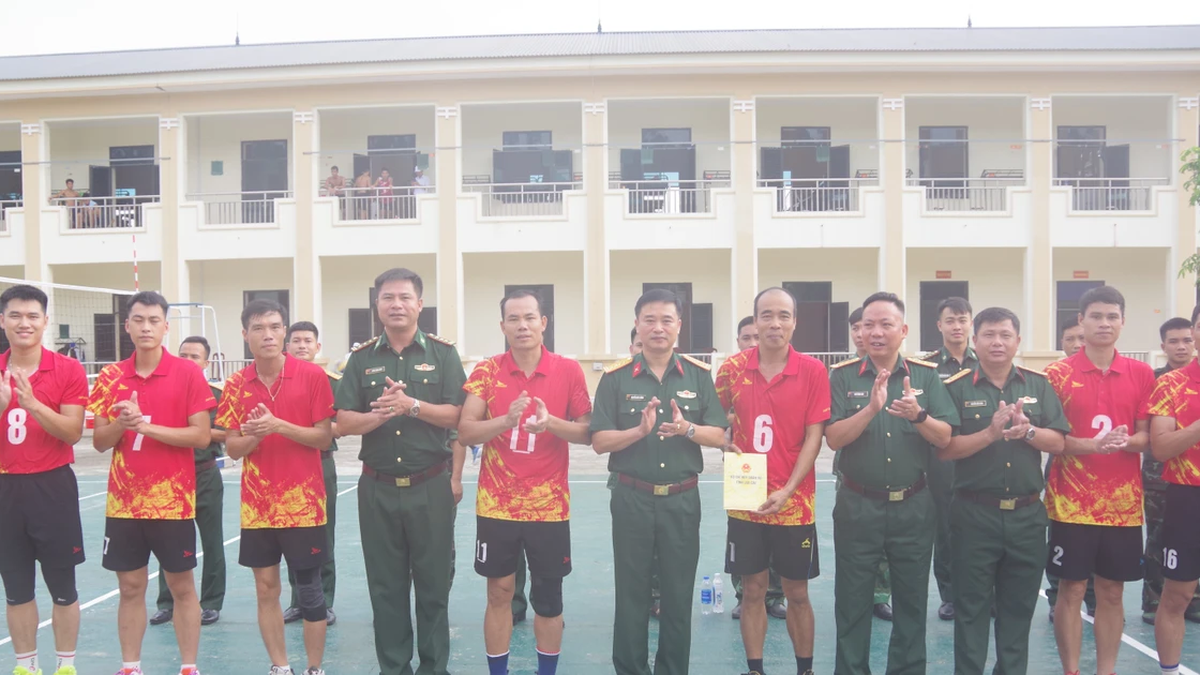
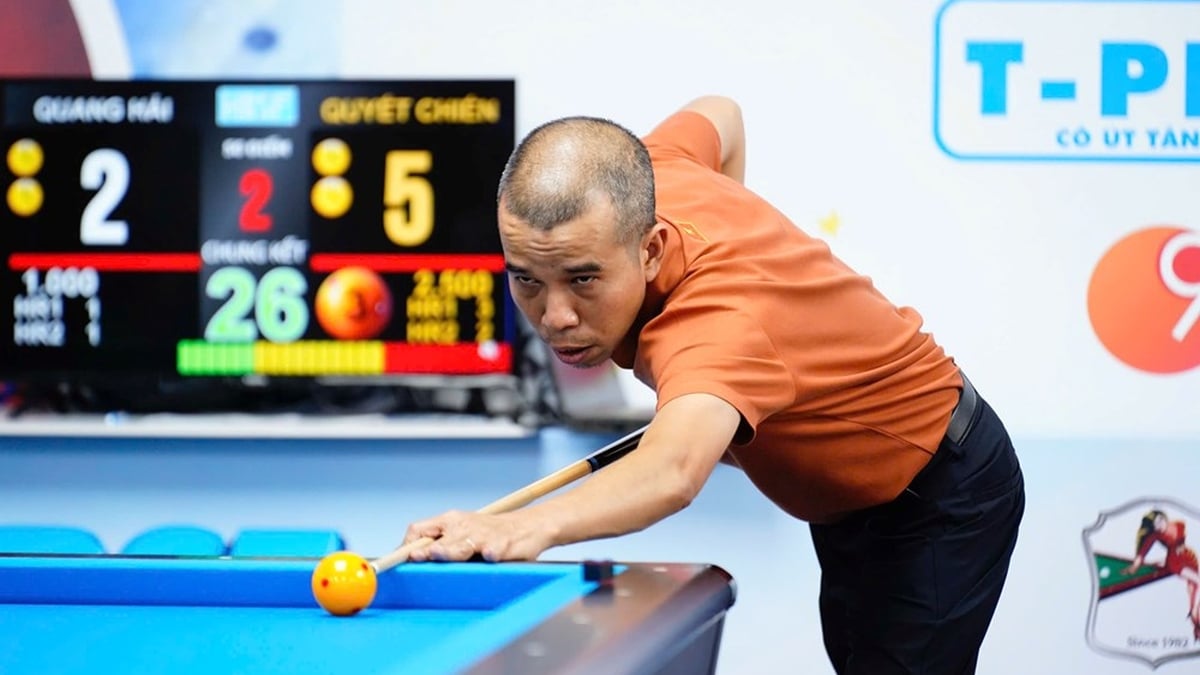
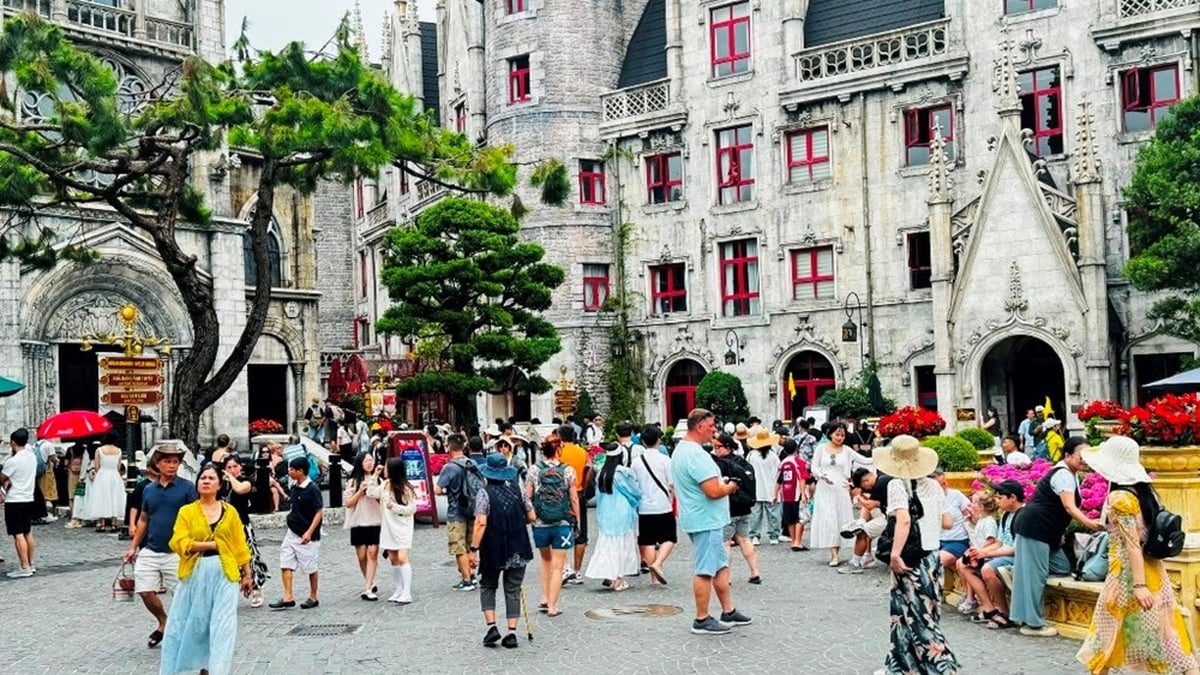
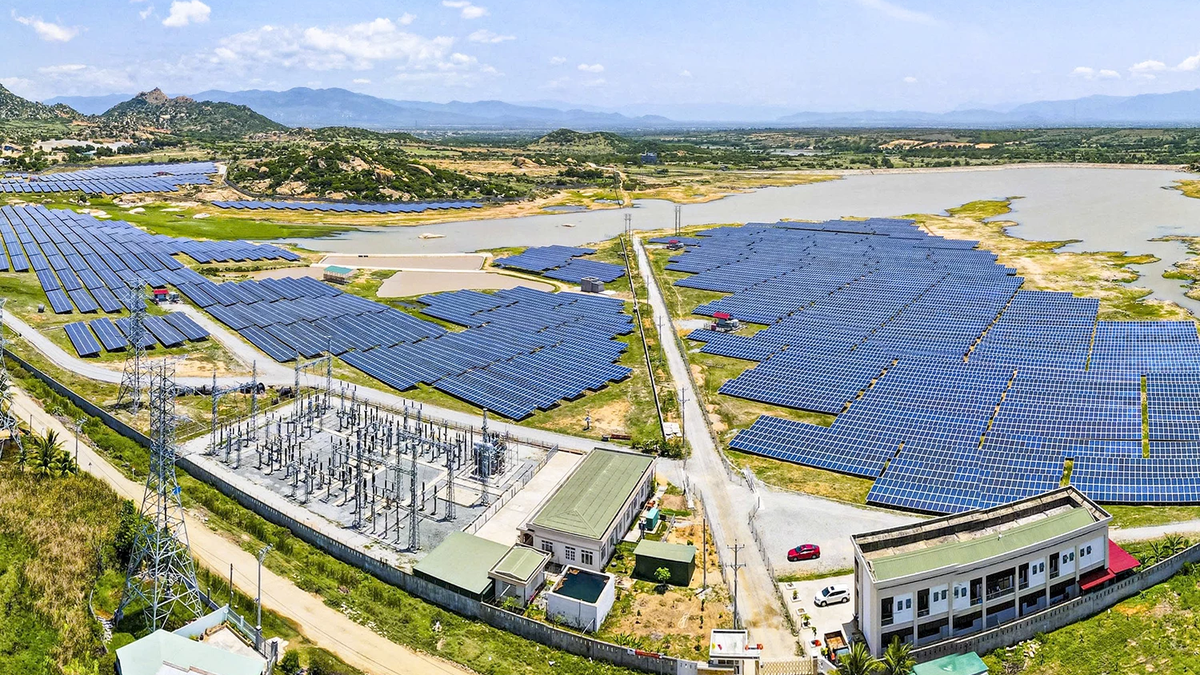
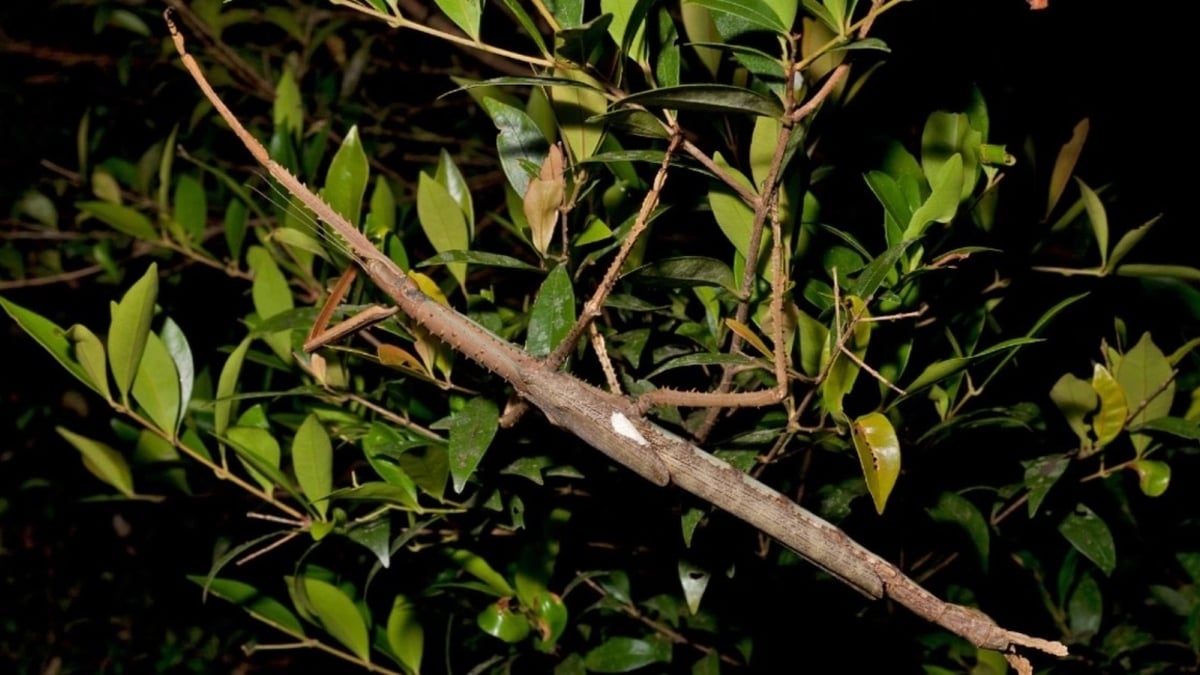
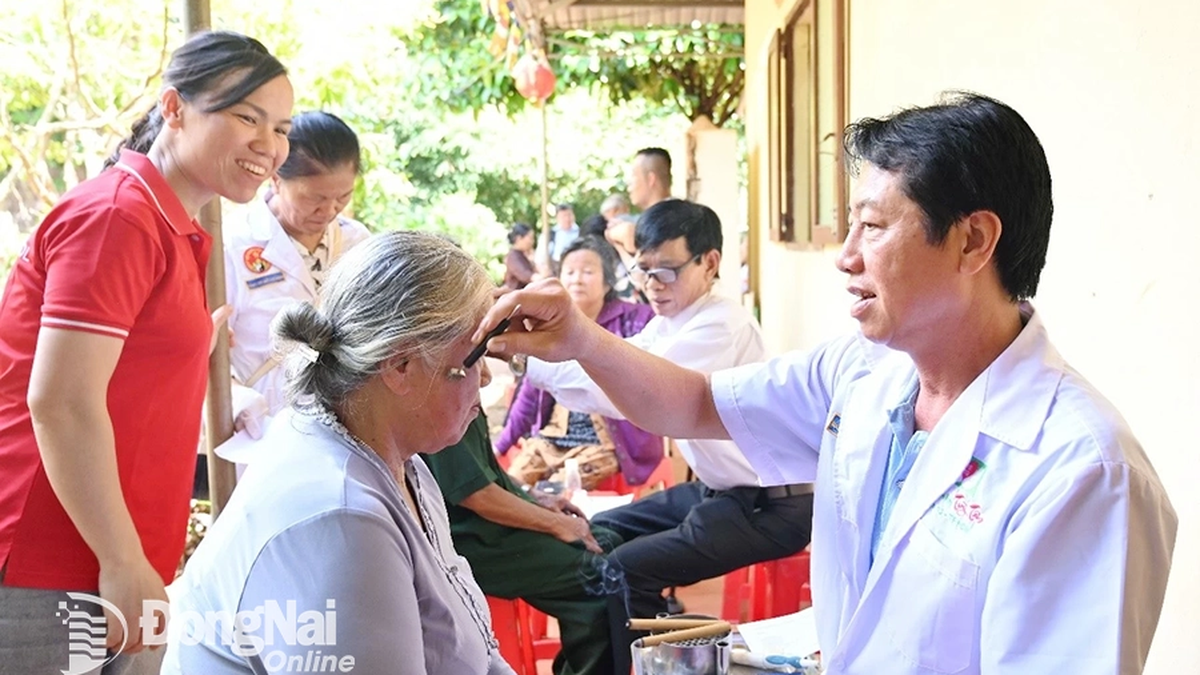
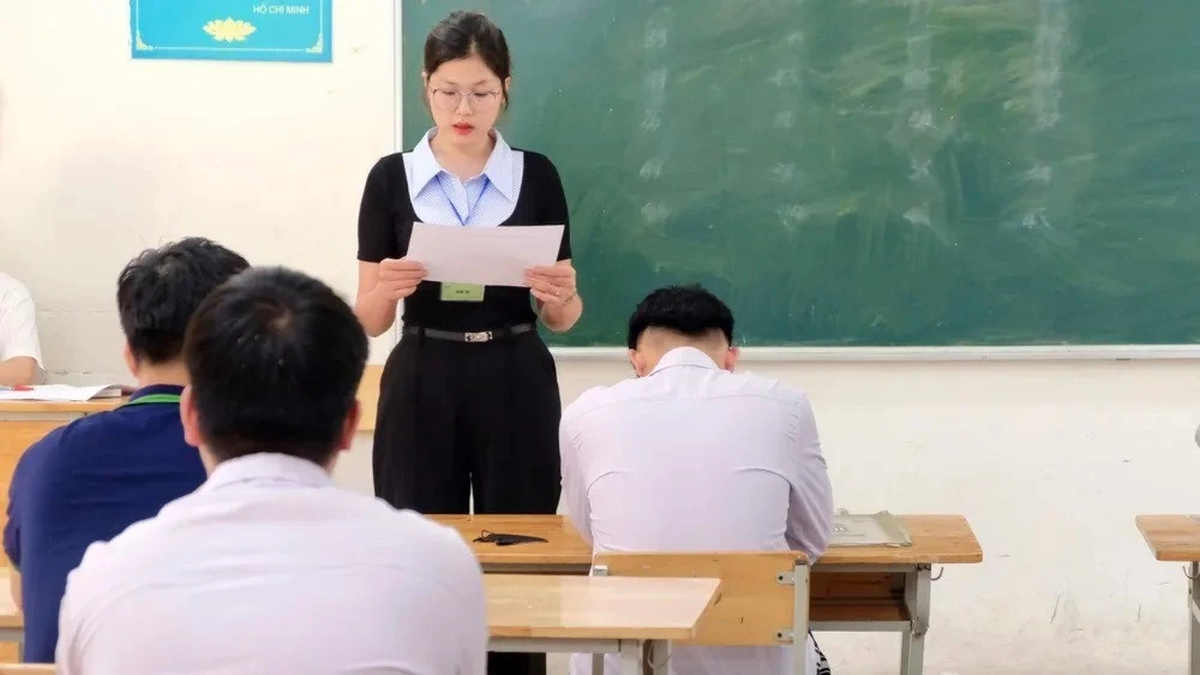
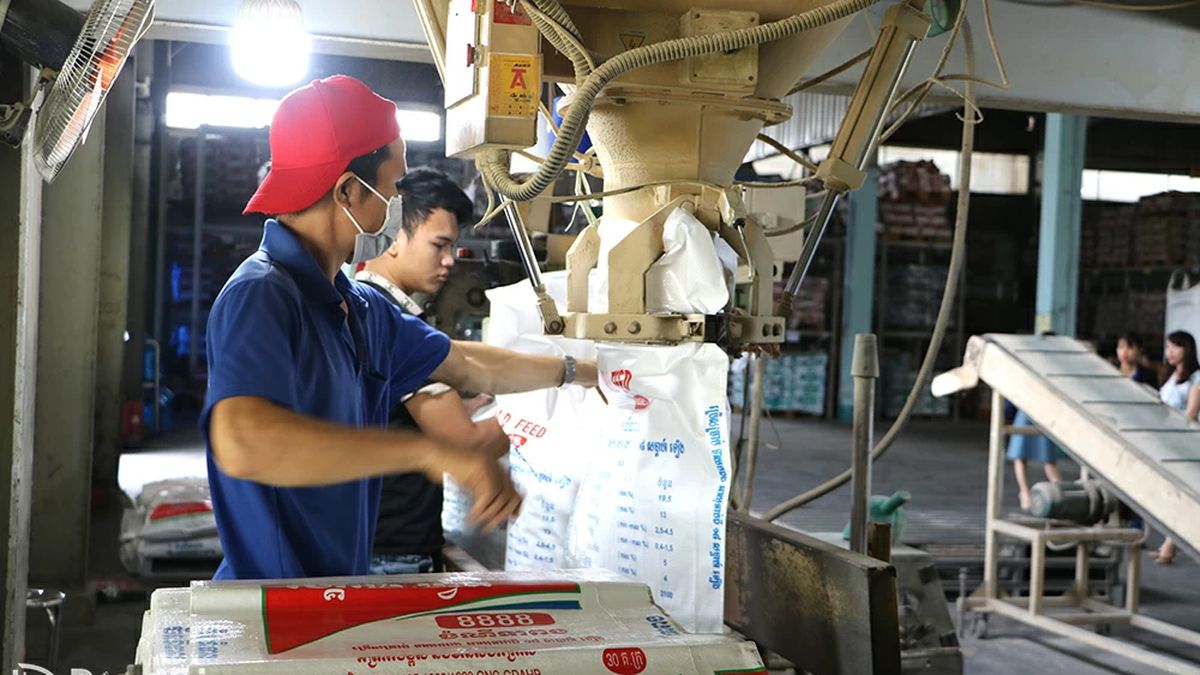
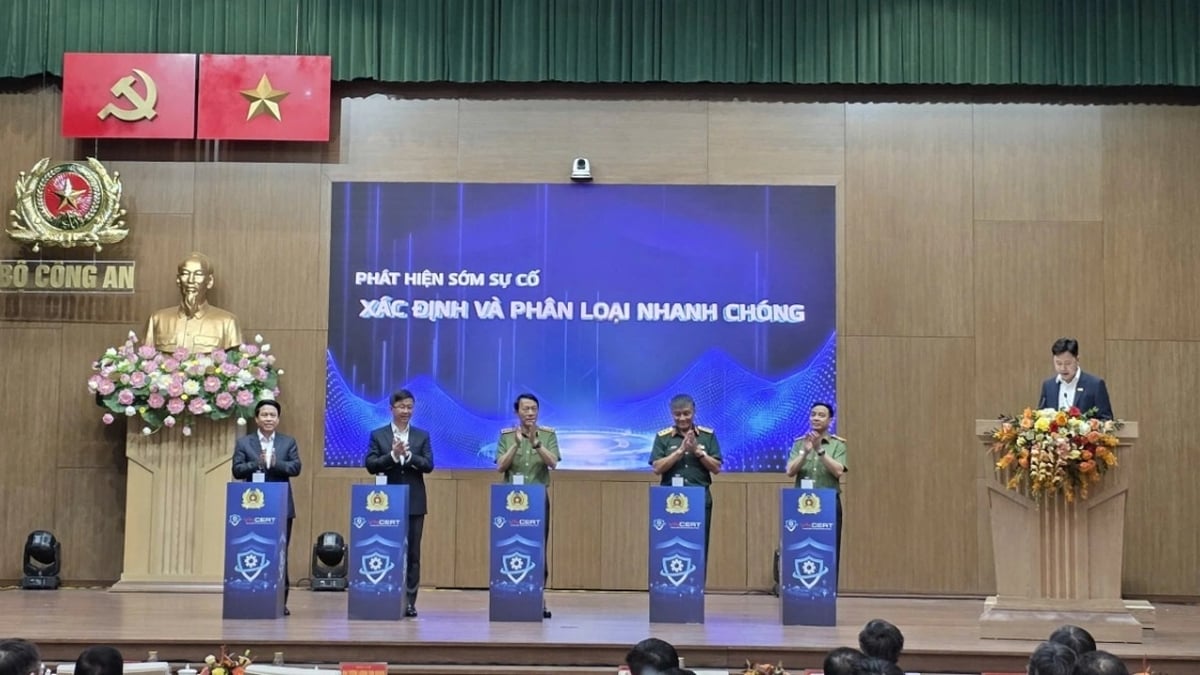
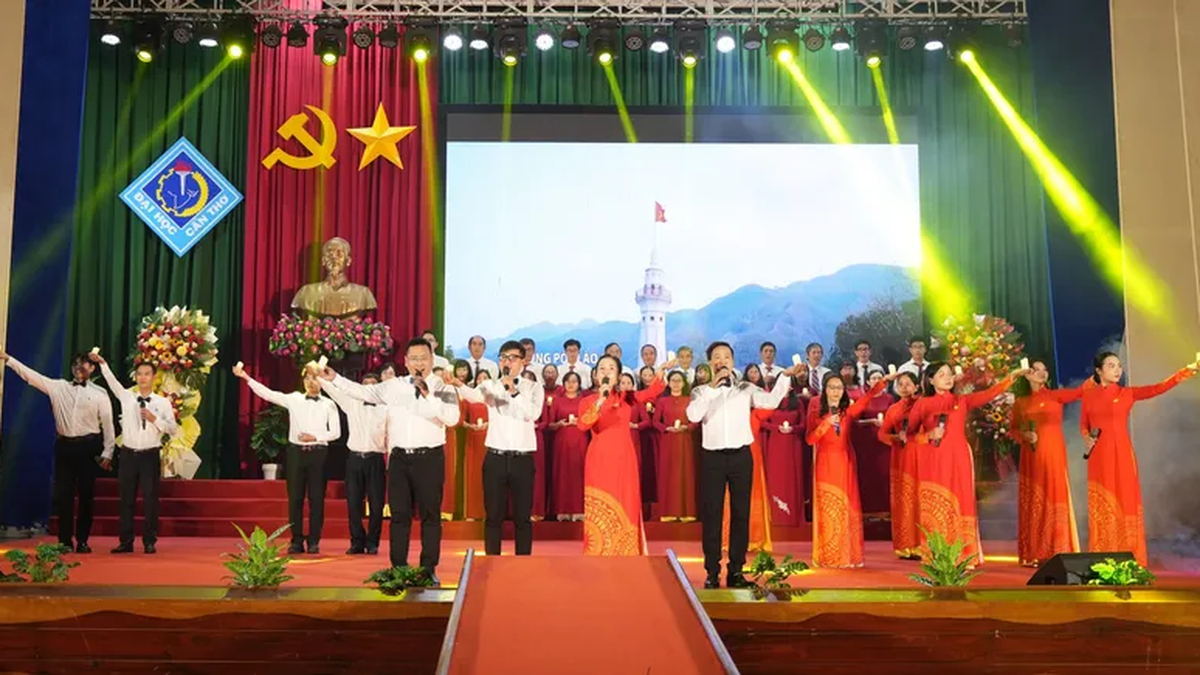
















![[Photo] Nghe An: Provincial Road 543D seriously eroded due to floods](https://vphoto.vietnam.vn/thumb/1200x675/vietnam/resource/IMAGE/2025/8/5/5759d3837c26428799f6d929fa274493)
































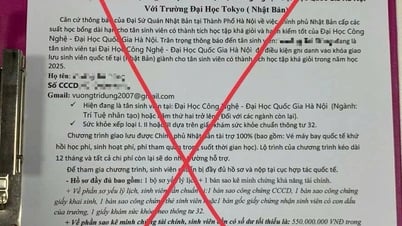



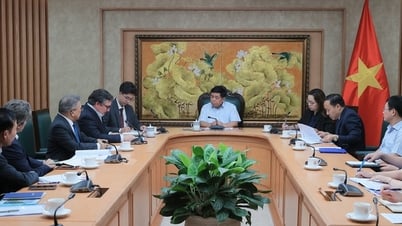




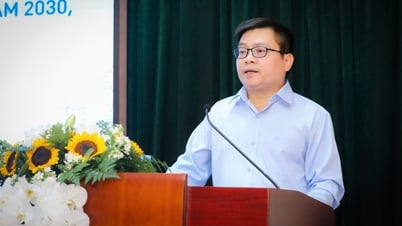

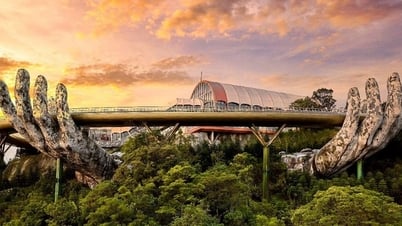


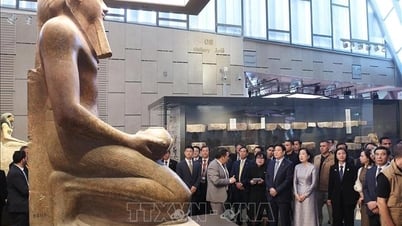
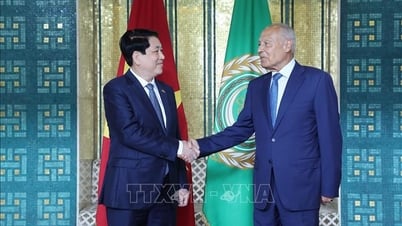





















Comment (0)